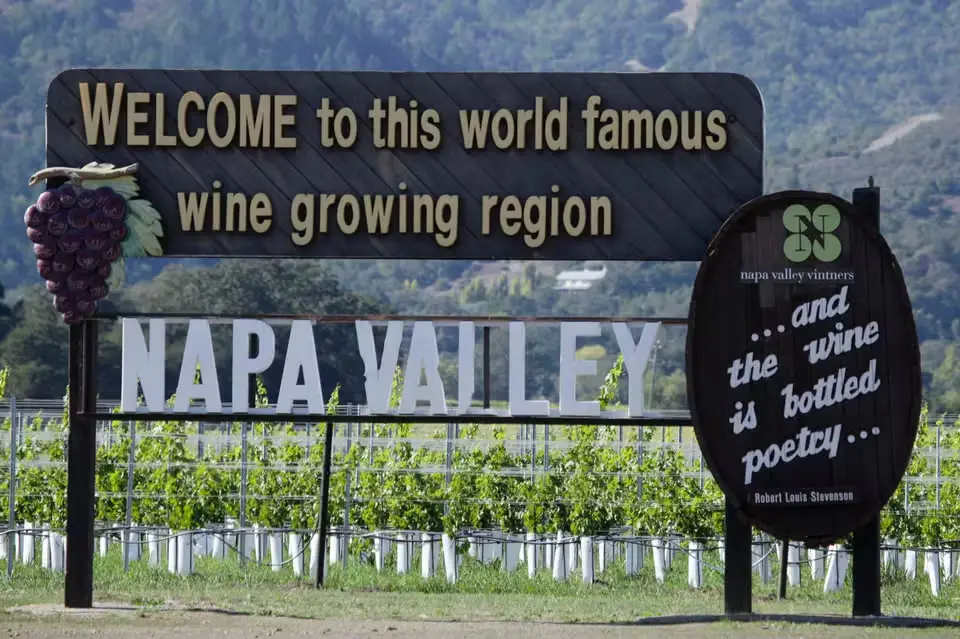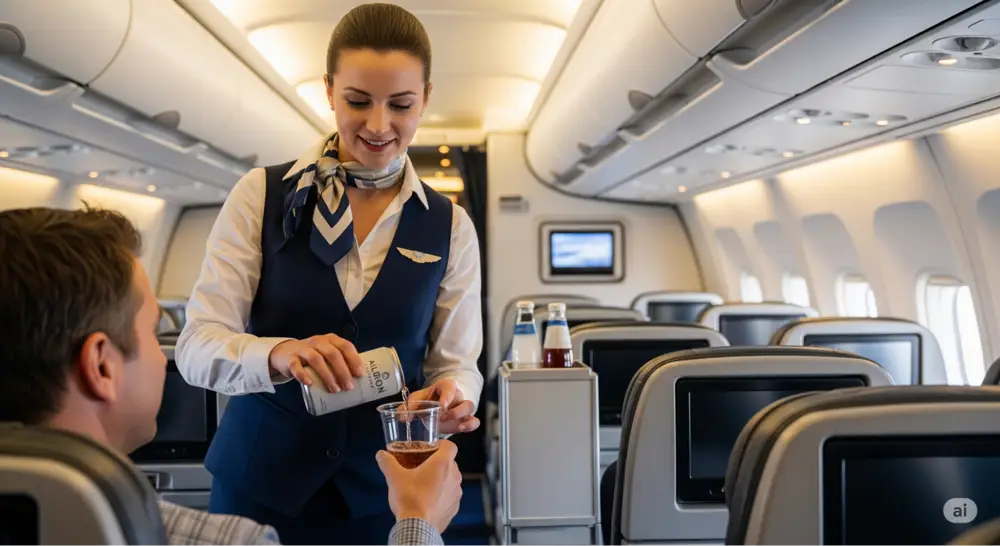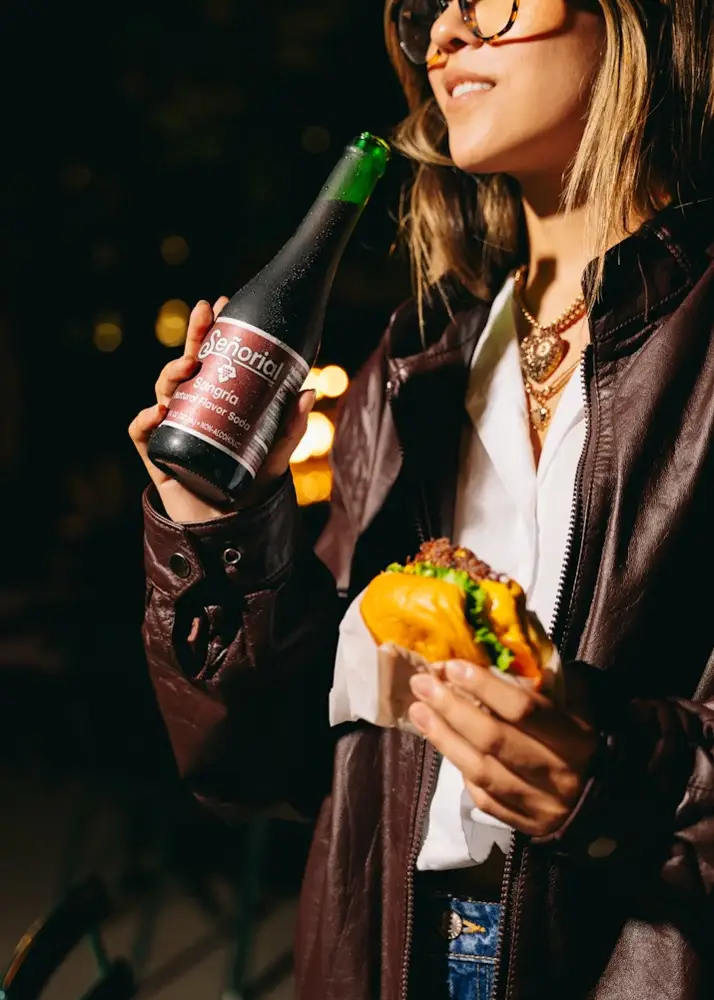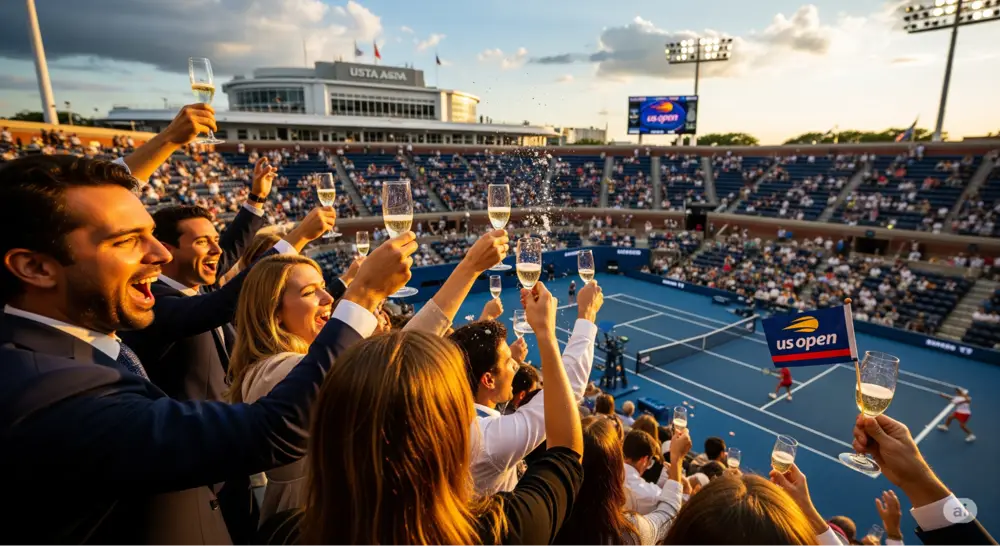Top 5 Alternatives to Champagne
As Champagne prices continue to soar, numerous wine enthusiasts and VinoVossers are on the lookout for alternatives. Given the primary grape varieties of Champagne – Chardonnay, Pinot Noir, and Meunier – coupled with the cool climate of Northern France, finding alternatives requires a discerning eye.
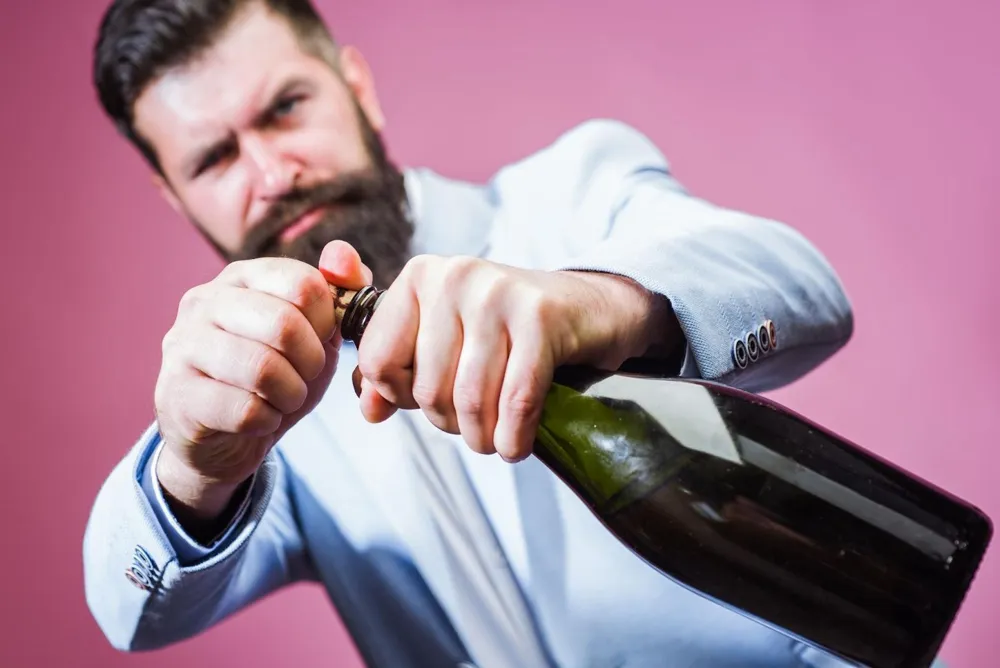
Additionally, these alternatives should have a similar style. That includes a traditional secondary fermentation in the bottle, a process that contributes to the complexity and the beloved leesy, brioche aromas. It's important to note that while Champagne demands at least 15 months on the lees, with vintage Champagne requiring 36, our Champagne alternatives may spend different times on the lees.
Despite Prosecco's enduring popularity and high quality, it doesn't quite serve as a direct alternative to Champagne. The fruit-forward nature of the Glera grape and extra dry style make it more approachable. Combined with the Charmat method of producing bubbles in large stainless steel tanks, the taste profile is different. However, we've identified some worthy contenders that mirror the taste profile of your beloved Champagnes.
English Sparkling Wine
England is rapidly emerging as a leading producer of quality sparkling wines globally. The low pH soils in Southern England, rich in chalk, bear a striking resemblance to those found in Champagne. 2023 marked a record-breaking year for England, with a harvest potential of about 20-22 million bottles. A small number in contrast to Champagne's annual production of approximately 300 million bottles.
Additionally, there has been a significant expansion of the English vineyard, now covering about 4,000 hectares (roughly 10,000 acres). This marks a 74% increase over five years, supporting 209 wineries.
The English approach mirrors that of Champagne. The sparkling wine producers are focusing on traditional bottle fermentation and extended lees ageing to enhance the complexity and the quality of the bubbles. It is not unusual for these wines to mature for up to five years, often rivalling Champagnes in similar categories.
Despite their quality, the small volume of production and a robust domestic demand means these wines are less commonly exported. However, as the vineyards and production capacities are expanding, we can expect to see more English sparkling wine on the international market.
The Italian Gem: Franciacorta
Franciacorta, a region with deep historical roots in Northern Italy, first saw its name emerge in local records in 1277. Its development is closely linked to 11th-century Cluniac and Cistercian monks who, exempt from taxes, cultivated the land. Vines have thrived here since Roman times, aided by favorable soil and climate.
In 1570, Brescia's Girolamo Conforti, predating Dom Perignon, wrote "Libellus de vino mordaci," a seminal work on bottle-fermented winemaking and its effects. Conforti's insights into the lively, frothy wines of Franciacorta, describing their taste and therapeutic benefits, possibly influenced early sparkling wine techniques.
An 1809 survey highlighted over a thousand hectares dedicated to these 'mordaci' wines. The region's winemaking expanded, eventually surpassing local demand and establishing businesses.
In the 1960s, Franco Ziliani's first Pinot di Franciacorta vintage led to modern, codified winemaking in Franciacorta. Achieving DOCG status in 1995, Franciacorta became the first Italian region with this distinction for bottle-fermented wines and a great alternative to Champagne.
Similar to Champagne, there are a range of styles. Due to their Italian nature, the terminology is written in the Italian language. Here is a quick breakdown:
- Franciacorta: A blend of Chardonnay and/or Pinot Nero, with Pinot Bianco (up to 50%) and Erbamat (up to 10%). Requires a minimum of 18 months of secondary fermentation in the bottle, achieving a bottle pressure of 5 to 6 atmospheres.
- Franciacorta Satén (Blancs de Blancs): Primarily Chardonnay with Pinot Blanc (up to 50%), this style features a rounded flavor derived from select base wines and a lower maximum bottle pressure of 5 atmospheres. The minimum lees ageing period is 24 months.
- Franciacorta Rosé: Incorporating a maximum of 65% Chardonnay, a minimum of 35% Pinot Nero, Pinot Bianco (up to 50%), and Erbamat (up to 10%). Pinot Nero grapes ferment with the skins to achieve the desired color intensity. This style, aged for a minimum of 24 months on the lees, can be made from a Pinot Nero base as rosé or red wine, or blended with Chardonnay and/or Pinot Bianco.
- Franciacorta Millesimato: Meaning that at least 85% of the wine comes from a single vintage, 'Millesimato' is produced only in exceptional vintages and undergoes longer lees ageing than non-vintage blends, with a minimum of 30 months on the lees.
- Franciacorta Riserva: These are single vintage wines of particularly high quality, embodying the best of Franciacorta's aromas and flavors. They must spend at least 60 months on the lees.
In comparison to Champagne, Franciacorta's diverse styles are similar, but it adds unique Italian grape varieties to the mix. The extended lees ageing, coupled with lower pressure and finer bubbles, creates a delightful synthesis of high-quality grapes. Refined production methods, enhance the complexity and texture of the wines.
Champagne Houses in the US
The U.S., being one of the key export markets for Champagne, has witnessed the migration of French expertise and skills in producing domestic high-quality sparkling wines. This transatlantic transfer of know-how has led to the emergence of exceptional All-American-Sparkling-Wines.
A prominent example is Roederer's venture in California, which has been crafting sparkling wines since 1982. Embracing the tradition of their French origins, they selectively bottle only the finest Chardonnay, Pinot Noir, and Meunier. The grapes come from the Anderson Valley a region with a cool microclimate in California. The outstanding quality of Anderson Valley sparkling wines has been recognized by international wine critics, affirming the U.S. as a prominent and leading producer of sparkling wines.
One distinguishing factor of these American counterparts is their affordability compared to French Champagne. Echoing the Champagne method, Roederer employs 10% to 15% of oak-aged reserve wines. These are incorporated in the final blend, to create a multi-vintage base wine that embodies the signature house style.
The cuvée, the first juice that comes from the press, represents the first and purest pressing of the grapes. Only the cuvée is used in the final blend to ensure the highest quality and flavor.
The fermentation process is carried out in high-grade stainless steel tanks at 65°F, and strikes a delicate balance, yielding a unique taste profile. The malolactic fermentation is largely avoided. This strategy helps preserve the wine's aging potential while maintaining its fresh, precise character.
To address American palates, these wines are bottled with a dosage of 10 g/L. The estate takes pride in producing about 1 million bottles annually. This focus on quality and adaptation to local tastes makes, American sparkling wines from producers like Roederer a compelling alternative to traditional Champagne.
South Africa's Methode Cap Classique
South Africa has recently emerged as a notable sparkling wine producer, particularly with the introduction of the "Méthode Cap Classique" (MCC) in 1992. MCC represents wines that undergo a traditional second fermentation in the bottle, similar to the méthode champenoise used in Champagne.
The beauty of the MCC category lies in its flexibility, allowing winemakers to experiment beyond the traditional trio of Champagne grapes. This innovation includes incorporating varietals like Chenin Blanc, Sauvignon Blanc, or even Cabernet Franc, offering a unique South African twist to traditional method sparkling wines.
MCC wines share a similarity with Champagne in terms of their production process, requiring a minimum of 12 months of secondary fermentation. This period contributes significantly to their renowned creaminess and complexity. Ranging from brut (dry) to demi-sec (slightly sweet), MCC wines display a spectrum of flavors. Depending on the aging process, they can present notes ranging from citrus and green apple to richer, more toasted, and brioche-like qualities.
This diversity in flavor profiles, coupled with the creative use of different grape varieties, positions South African MCC as a fascinating and quality-driven alternative to Champagne. The combination of traditional techniques and innovative approaches to grape selection and blending offers wine enthusiasts a unique and enjoyable sparkling wine experience. MCC is a true reflection the rich viticultural heritage of South Africa.
German Winzersekt
Finally, we delve into Germany, a country primarily recognized for its Riesling, but also featuring some exceptional Pinot and Chardonnay wines. Germany used to have a stained reputation of producing cheap wines. However it now stands as one of the most outstanding producers of white and sparkling wines on the international stage.
When exploring German sparkling wines, family estates are at the forefront of their quality revolution. The term to look for is “Winzersekt,” indicating that the certified grape material originates from Germany. These wines undergo traditional second fermentation and are aged on the lees for at least nine months.
While this duration might seem brief, it is part of a deliberate strategy to produce a more fruit-driven profile, especially in Riesling wines. However, it's not uncommon to find German sparkling wines that have been aged on lees for 12, 36, or even 60 months.
German sparkling wines are known for their electric acidity, citric nuances, and a distinct steely character, making them an unforgettable experience. Despite their delicate body and exceptional quality, they remain surprisingly affordable.
[insert:von-winning-riesling-extra-brut-0]
As we conclude our exploration, it's evident that the complex world of wine offers a plethora of splendid alternatives to Champagne.
Beyond the focused wines, the global wine scene offers other contenders like Crémant de Loire, Crémant de Limoux, Argentinian Sparkling wines, and Cava. This diversity in the wine world opens doors to endless possibilities.
We invite you to explore VinoVoss, to discover and savor new options beyond Champagne. What sparkling wine are you going to pop in NYE 2024?
Peter Douglas
